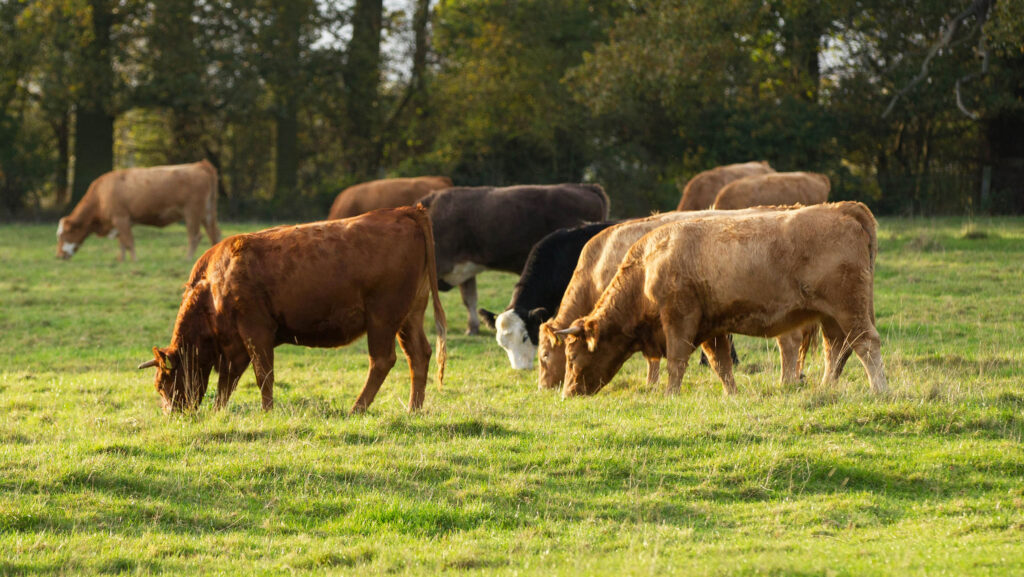Scottish ag census reveals worrying fall in livestock numbers
 © Tim Scrivener
© Tim Scrivener Cattle numbers in Scotland have contracted again during the past year, dropping by 14,500 head between June 2024 and June 2025 to total 1,65m head.
This represents a 1% fall year-on-year and continues a worrying longer term trend of declining cattle numbers, which could lead to further consolidation within the supply chain.
The June Agricultural Census 2025, published by the Scottish government, has revealed that the decrease was largely due to fewer female beef cattle, while the number of female dairy cows has risen.
See also: Beef producers benefit as tight supplies push prices higher
Census figures show a 15% decline in the Scottish beef breeding herd during the past decade with just 373,000 breeding beef cows left.
Meanwhile, the dairy herd has grown by 3.8% during the past five years and stands at 182,200 breeding dairy cows.
Scotland’s agriculture minister, Jim Fairlie, said the Scottish government would continue to provide reformed direct support to farmers and it understood how economically, socially and environmentally important suckler herds were.
He added: “We are taking action now through the Scottish Suckler Beef Support Scheme to offer stability and sustainability as we fully recognise that if we do not, then livestock producers will face further pressure down the line from buyers, processors and retailers to reduce emissions.
“We will continue to work closely with Quality Meat Scotland and other stakeholders to secure a positive future for the sector.”
Long-term declines
The total number of sheep rose slightly in 2025; however, numbers still remain below the five-year average at 6.54m head.
Pig numbers have fallen for the fourth consecutive year, totalling 312,000 head, the lowest number for 12 years.
The total breeding pig herd dropped by 11% year-on-year, now standing at 25,600 head.
Mr Fairlie added: “The Scottish government recognises the need to support a sustainable livestock sector to ensure a viable supply chain, which is why we continue to support the sector through the full range of support schemes.”
